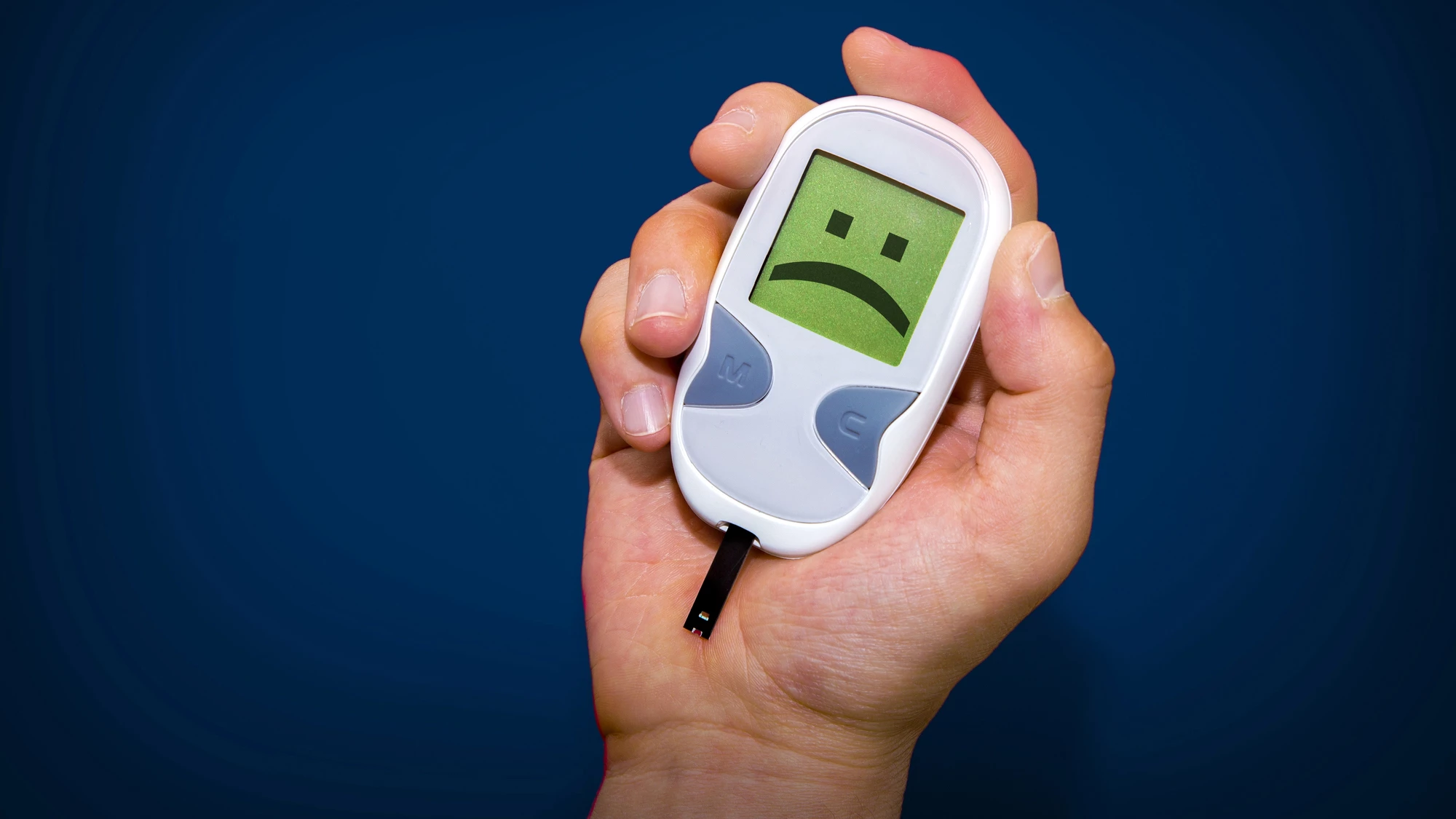An insulin that switches itself on and off in response to blood glucose levels has proven successful in lowering the risk of dangerously low glucose levels, or hypos, in animals. According to researchers, the drug holds great promise for the tens of millions of insulin-requiring diabetics worldwide.
Low blood glucose, or hypoglycemia, can be dangerous for diabetics. Because the brain relies on glucose to function properly, severe hypoglycemia can cause seizures and loss of consciousness. It’s something that those taking insulin worry about constantly, with questions like, ‘Have I taken the right amount of insulin to cover this meal, or too much?' or 'How will the exercise I’ve just done affect my blood sugar levels?’
Not long ago, New Atlas covered the development of nanotechnology that prevented potentially dangerous hypoglycemic events in diabetics. Now, Novo Nordisk, the giant Denmark-based pharmaceutical company responsible for manufacturing a range of insulins, has gone a step further, designing an insulin that switches on and off in response to blood glucose levels.
Engineering an insulin that can modify its bioactivity in response to blood glucose levels has been on researchers’ bucket lists since the 1970s. Sadly, despite years of effort and attempts, nothing has eventuated.
“A better approach seems to be equipping insulin itself with glucose-responsive properties, so it can respond to glucose in a reversible manner,” said the researchers. “Notably, glucose values vary over a narrow range (from approximately 2 to 20-30 mM [36 mg/dL to 360-540 mg/dL] in people with diabetes), so a rather steep change in insulin bioactivity must be attained for the glucose-sensitive insulin to have an impact.”
To achieve this goal of glucose responsiveness, the researchers introduced an ‘on/off switch’ into the insulin molecule. Under high glucose conditions, the switch on their modified insulin NNC2215 opens, and the insulin is more active, soaking up excess blood glucose in the blood. When glucose levels fall, the switch closes to prevent glucose uptake.
They first tested NNC2215 in the lab to see how it would respond in a glucose range of 3 to 20 mmol/L. They found that the modified insulin’s affinity for attaching to insulin receptors increased by 3.2-fold as blood glucose levels changed. Then, in rat and pig models, NNC2215 was found to be as effective as human insulin in lowering blood glucose, with its increased glucose sensitivity providing protection against hypoglycemia.
While it’s still early days, the study’s findings are promising. Novo Nordisk’s modified insulin holds great potential for preventing sharp drops in glucose that are both worrisome and potentially dangerous for diabetics, especially when they occur during sleep.
Some diabetics develop a ‘fear of hypos,’ a specific, extreme fear – as opposed to an appropriate concern about hypoglycemia – that their blood glucose levels will go too low. A fear of hypos leads diabetics to deliberately run their blood glucose levels high to avoid low blood sugars, increasing the risk of diabetes-related complications and reducing their quality of life and emotional well-being. For these diabetics, in particular, glucose-responsive insulin like NNC2215 may help alleviate their fear.
“In conclusion, insulin conjugates with properties such as NNC2215 hold promise for improving treatment of diabetes by potentially lowering the risk of hypoglycemia and partly covering the need for fast-acting insulin at mealtime,” the researchers said. “The combination of these two features should allow for more aggressive insulin titration without increasing the risk of hypoglycemia. This could improve both the short-term and long-term risks and complications associated with diabetes.”
The study was published in the journal Nature.
Source: Novo Nordisk via Scimex





